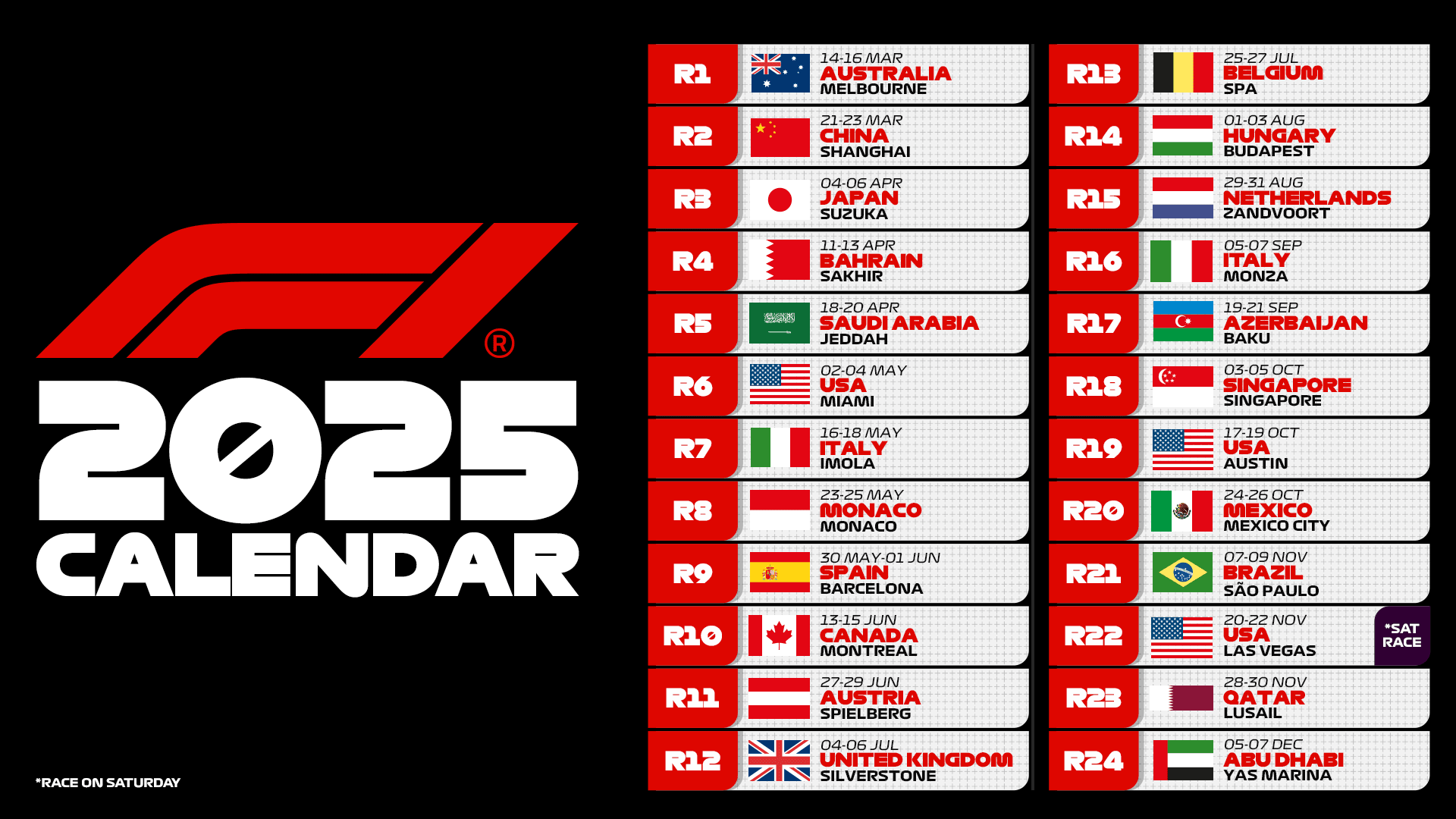After several convincing performances, ahead of the 2024 Formula 1 United States Grand Prix, there was talk of an “Austin test” for Scuderia Ferrari, not only because the American track is one of the most complete on the calendar, but also because Ferrari was looking for confirmation of the effectiveness of the updates introduced since the Italian Grand Prix at the Monza circuit, even on tracks potentially less favorable to the characteristics of the SF-24 single-seater.
An exam that, despite some small issues over the Austin weekend, could be said to have been passed with honors thanks to a well-deserved one-two finish secured by Charles Leclerc and Carlos Sainz, based on what was seen on track during the race, both in terms of performance and race strategy. Ferrari celebrated their fourth win of the 2024 Formula 1 championship with a car that, once again, used its long-distance performance as its best weapon to surprise its rivals.
However, it is interesting to understand how this victory came together and, more importantly, how that superiority, especially in the first part of the race on the medium tires, took shape. This was when Charles Leclerc laid the groundwork for his third win of the season with a pace that was simply unreachable for everyone else.
Even though they did not manage to secure the front row, after the qualifying session, both Ferrari drivers showed a certain confidence going into the race at the 5.513-kilometre Circuit of The Americas in Austin. This was not only because some positive signs about the SF-24’s potential had already been seen in the sprint, but also because on the softer tire in qualifying, there were specific limitations that were expected to have less impact in the race.
Part of the secret to their success lies in this fluctuation in performance between qualifying and the race, because during the Sunday race, Ferrari proved to be very effective not only in areas where it had already shown good qualities over the weekend, such as in traction in slower zones, but also in the fast corners, where they had struggled in qualifying. In Austin, some teams struggled to manage the deformation of the soft tires in the fast corners, preferring instead the greater support offered by harder compounds, including Ferrari. Additionally, as the drivers themselves noted, in qualifying the SF-24 suffered from bottoming on the bumps in several parts of the track, such as the snake section, which reduced the drivers’ confidence.
Charles Leclerc explained that he believed there had been significant progress in the resurfaced sections. However, he noted that in the first sector, apart from Turn 1, which had been resurfaced, there was still considerable work needed on Turns 3, 4, 5, 6, and 7 due to the numerous bumps.
These factors had less of an impact on Ferrari’s performance during the race, to the extent that the Maranello team made very few setup changes in the post-sprint window, as they were confident they had found a good window for the race. As seen in the sprint, using harder tires provided more effective support in the fast corners. Additionally, with lower speeds in the race, the effect of sliding on the asphalt was reduced, making it easier for the drivers to search for and find the limit.
Show your support for Scuderia Ferrari with official merchandise collection! Click here to enter the F1 online Store and shop securely! And also get your F1 tickets for every race with VIP hospitality and unparalleled insider access. Click here for the best offers to support Charles and Lewis from the track!
Undoubtedly, Charles Leclerc’s gamble to set up the first corner at the start in such a way that he could snatch the lead from Max Verstappen and Lando Norris paid off, especially because it allowed him to race in clean air on a track where dirty air has a significant impact. However, the element that is particularly interesting to focus on is the pace maintained by the Ferrari driver from the very first laps, not only because it proved to be unmatched by his rivals, but also because it contrasts with the approach seen in the sprint race.
On Saturday, the idea was to manage the tires in the first part of the Sprint race, especially considering the limited data on potential tire wear at Circuit of the Americas. On Sunday, however, a completely opposite behavior was seen. While many were still worried about the risk of degradation, given the hot temperatures in Austin, from the very first lap Charles Leclerc was pushing hard on the clock, setting lap times that even caught Red Bull by surprise, as they did not expect such an aggressive pace after the Safety Car left the track. In fact, throughout the first stint, the Monegasque driver only twice went over the 1.39 lap time.
The choice to push hard from the start without worrying too much about degradation proved to be correct, not only because Charles Leclerc quickly built a safety margin that allowed him to manage the stint on the hard tires, but also because in the end, the degradation turned out to be extremely limited. The evolution of the track surface, which was entirely new in several sections, made tire wear less severe than expected, so much so that a race originally predicted to require two stops by most teams turned into a one-stop strategy for nearly all drivers.
Analyzing the data from the first part of the United States Grand Prix, it becomes clear that Ferrari leveled out its weaknesses on the single lap, particularly from Turn 5 onward. Instead of having to defend and avoid losing too much time, Ferrari could focus on an attacking strategy for the race, even with Carlos Sainz. While it is true that Red Bull suffered from their post-sprint setup changes, making the car more understeery to protect the rear axle, which diminished Max Verstappen’s confidence in the car, Ferrari’s SF-24 was also extremely effective in the fast sections compared to McLaren. The Maranello team was able to exploit its strengths and make a difference in traction in the slower sections, such as the start of the third sector.
This advantage was especially evident during the stint on medium tires rather than the hard tires, where the advantage in the slow sections decreased, partly because the harder compound had already shown in Friday’s practice to provide a lot of support at the front in the fast corners, but was somewhat more limiting in terms of traction.
Two other factors also played a very important role: the need to increase lift and coast to save fuel (perhaps because they did not anticipate such a fast-paced race), especially with Carlos Sainz, and the traffic caused by lapped cars, which put them in the dirty air. This is why it was crucial to take the lead on the first lap, because with two cars ahead, even with a stronger pace, the risk was getting stuck in dirty air and suffering overheating in some critical sections, forcing the team to resort to an undercut to move up the ranks. This was also seen with Sainz, where Ferrari’s engineers made an excellent call regarding the (non-existent) degradation and attacked Max Verstappen at the pit stop: running in clean air allowed them to extend the stint with both cars and manage the race until the end.
While the one-two finish came at a crucial moment in the 2024 Formula 1 season, as well as in a key phase of this car’s development, Ferrari team principal Frederic Vasseur rightly wants to keep a low profile, knowing that with such close gaps, the grid could change from one race to another. However, the performance in Austin provides a boost of confidence to carry into the final part of the championship, ahead of the Mexico City Grand Prix.
— see video above —













.png)

Leave a Reply